Introduction to Kitchen Lighting: Setting the Stage
Kitchen lighting is not just about illumination; it’s about setting the mood, making tasks easier, and enhancing the overall vibe of your cooking space. It plays a starring role in the functionality and beauty of your kitchen. With the right lighting, you can transform a dull, uninspired kitchen into a bright, welcoming hub for cooking, dining, and entertaining. There are three main types of lighting to consider: ambient lighting for overall brightness, task lighting for focused light on work areas, and accent lighting to highlight specific features or decorations. Each type serves a different purpose, and when combined correctly, they can make your kitchen not just a room, but a masterpiece of practicality and design.
Understanding Different Types of Kitchen Lighting
When you’re updating your kitchen, lighting might not be the first thing on your mind, but it should be. Let’s break down the main types of kitchen lighting, so you make the right choice. Ambient lighting is your kitchen’s main source of light—whether natural or added. It’s like the sunlight coming through your windows, but for nighttime or cloudy days. You want it to fill the room without blinding anyone. Task lighting is all about function. It’s the light you need when you’re chopping veggies or measuring ingredients. It’s focused, over the counter, and bright, so you don’t miss a beat. Then, there’s accent lighting. This is the cherry on top. Use it to highlight your fancy glassware or that heirloom china you got from grandma. It adds drama and style to your kitchen. Each plays a crucial role, and getting the balance right means a kitchen that’s not only functional but looks great too.
How to Determine the Right Amount of Light for Your Kitchen
To nail the perfect amount of light for your kitchen, start by understanding lumens — that’s the measure of light you’re getting from a bulb. Aim for about 300 to 400 lumens per square meter for a kitchen. This range provides enough brightness for cooking and dining without straining your eyes. The key is balance; you don’t want your kitchen to be so bright it feels sterile, nor too dim that you’re squinting. To achieve this, mix different types of lighting. Include overhead lights for general brightness, task lighting under cabinets for chopping and reading recipes, and accent lighting to highlight the architectural features or decor. Remember, the best-lit kitchens are the ones that adapt to your needs, letting you switch up the vibe depending on what you’re doing. Adjustability is your friend, so consider dimmer switches and bulbs you can control with your smartphone. This way, whether you’re meal prepping or enjoying a quiet dinner, you’ve got just the right light.
The Role of Task Lighting in Kitchens
Task lighting in kitchens isn’t just useful; it’s essential. This type of lighting focuses on those areas where you chop, cook, and clean. It ensures you see well, preventing mistakes and mishaps. Ever tried chopping vegetables in a dimly lit kitchen? Not the best experience, right? Task lighting solves that by shining light right where you need it. Under-cabinet lights are a prime example, illuminating the countertop spaces without shadows. Proper task lighting can make cooking and cleaning safer and faster because you’re not struggling to see. It’s not just about adding light, though; it’s about adding the right kind of light where you need it most. So, when planning your kitchen lighting, don’t overlook the importance of task lighting. It’s a game-changer.
Accent Lighting: Creating Ambiance and Highlighting Features
Accent lighting is your secret weapon for adding a wow factor to your kitchen. It’s all about setting the mood and drawing attention to your favorite features, whether it’s artwork, open shelves, or that fancy new espresso machine. Think of it like using a spotlight in just the right places. You don’t need a lot of these lights, but placing them correctly can make your kitchen look like it came straight out of a magazine. Options for accent lighting include track lights, under-cabinet lighting, or even recessed spotlights. It’s not just about making the space look good—it’s about creating a vibe that makes you and everyone else want to spend more time in the kitchen. So, if you’re looking for that extra touch that says, “This is a space I love,” accent lighting is the way to go.
Tips for Choosing Energy-Efficient Kitchen Lighting
When aiming for energy-efficient kitchen lighting, it’s all about choosing lights that keep your bills down without sacrificing the vibe of your space. Start with LED bulbs. They’re the champs of energy efficiency, lasting longer and using up to 75% less energy than those old-school incandescent bulbs. Pay attention to lumens, not watts. Lumens tell you how bright the bulb is, while watts just show how much energy it uses. More lumens mean brighter light; fewer watts mean less power consumed. Look for Energy Star-rated fixtures. These ones have passed some serious tests to prove they’re frugal with power. Consider task lighting. Instead of making your whole kitchen bright, focus on where you need light the most like countertops or the sink area. This way, you use light smarter, not harder. And don’t forget about dimmers. They let you adjust the light levels to exactly what you need, slashing energy use even further. By following these tips, you’ll nail the energy-efficient lighting game in your kitchen.
The Importance of Color Temperature in Kitchen Lighting
Choosing the right color temperature for your kitchen lighting is key to creating the atmosphere you want. Think of color temperature like the mood of your kitchen. Measured in Kelvin (K), lower values mean the light is warm and inviting, ideal for cozy, relaxed spaces. This warm light, around 2700K to 3000K, is perfect for creating a welcoming vibe in your kitchen. On the other hand, higher Kelvin numbers, say 3500K to 5000K, give off a cooler, more daylight-like quality. This is great for areas where you need to be alert and focused, like where you chop vegetables or measure ingredients. So, warm light suits dining areas within the kitchen, while cooler light energizes workspaces. Remember, getting this right transforms not just the look but the feel of your kitchen.
How to Mix and Match Different Lighting Fixtures
When it comes to lighting your kitchen, there’s no rule saying you have to stick with one style of fixture. In fact, mixing and matching different lighting fixtures can give your space a vibrant, layered look that pops. Start with understanding the three main types of lighting: ambient, task, and accent. Ambient lighting is your main source of light—think overhead lights. Task lighting focuses on work areas, like under the cabinet lights that illuminate your countertops. Accent lighting adds depth, highlighting specific areas or objects, like artwork.
Now, how do you mix these up without making your kitchen look like a lighting store showroom? It’s simpler than you think. Keep a consistent color scheme or finish. If your overhead lights are in a brushed silver finish, consider the same finish for your other lights. You can play around with shapes and sizes, but try to keep some elements consistent.
Also, consider the bulb color temperature. Sticking to either all warm or all cool lighting can ensure the mixed fixtures blend harmoniously. It’s like having different genres of music play at the same party. They can all be great, but they have to vibe well together.
So, start with a plan. Decide what areas need task lighting, where you want to add some accent lighting, and how your ambient lighting ties it all together. Mixing and matching doesn’t mean throwing in everything but the kitchen sink. It means thoughtful selection of fixtures that compliment each other and your space. Keep it balanced, and you’ll light up your kitchen in a way that’s both functional and fascinating.
Installation Considerations for Kitchen Lighting
When you decide to light up your kitchen, think about more than just picking out pretty lamps. The installation process plays a huge role. First, know your kitchen layout. This tells you where you need light the most. Places like countertops, the sink, and cooking areas need good lighting. Next, consider the wiring in your kitchen. Older homes might need an update to handle new lighting safely. If you’re not sure, bring in an electrician to take a look. They can make sure everything’s set up right and safely. Remember, the way your kitchen is wired affects where you can put lights and how many you can add. Sometimes, you may want to add more outlets or switch positions to make your lighting plan work better. Also, think about control. Dimmer switches are great for changing the light intensity based on what you’re doing. Finally, choose fixtures that are easy to install and fit the existing connections in your kitchen to avoid extra costs or complicated setups. Keep it simple, focus on what your kitchen needs, and ensure it’s done safely. That’s how you light up your kitchen right.
Recap: Lighting Your Kitchen Like a Pro
To wrap it up, nailing the perfect lighting for your kitchen isn’t just about picking fancy fixtures; it’s about function, mood, and matching your style. Start by layering your light with ambient, task, and accent lighting. This way, you give every corner of your kitchen a chance to shine, literally. Remember, the best lighting plan is one that lets you see clearly, cook safely, and enjoy your space to the fullest. Use LED options for energy efficiency and longevity. And don’t forget, the size and style of the fixture should complement your kitchen’s overall vibe without overwhelming it. With these tips, you’ll be lighting your kitchen like a pro in no time. Keep it simple, keep it smart, and you’ll have a kitchen that not only looks good but feels right too.


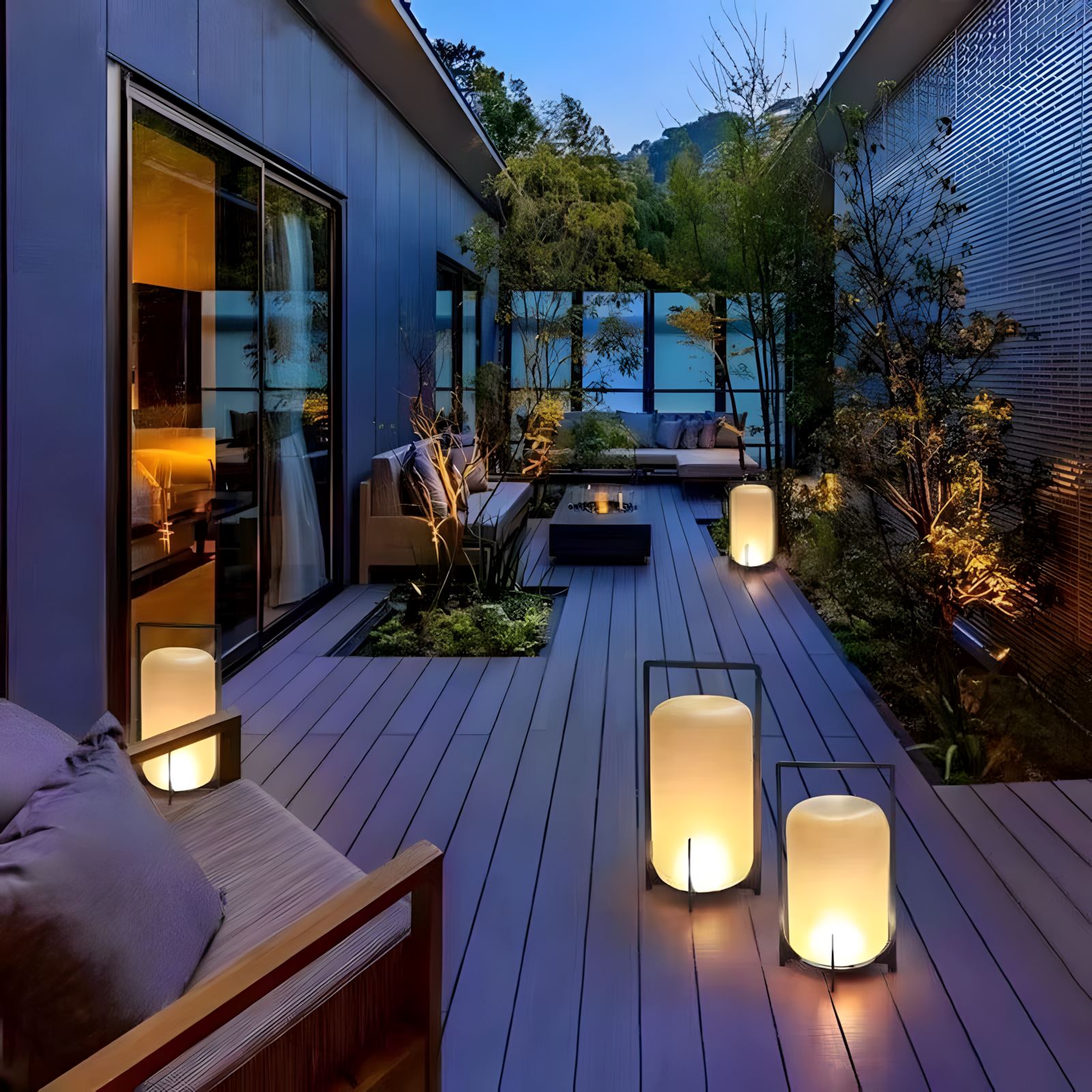


![DRIBBLE-Lighting-[product_subtitle]-ZENDUCE](http://www.zenduce.com/cdn/shop/files/Take-a_look_at_my_Canva_design_a302afbd-2cbc-4fa9-869e-548a734ec9c5-287906.jpg?v=1733650410&width=104)
![ZEPHYR-Lighting-[product_subtitle]-ZENDUCE](http://www.zenduce.com/cdn/shop/files/6-20240409_022148_0003-713473.jpg?v=1733650993&width=104)
![MODERN WAVES-Lighting > Ceiling lights > Pendant lighting-[product_subtitle]-ZENDUCE](http://www.zenduce.com/cdn/shop/files/modern-waves-shaped-island-chandelier-dining-roomdazuma-471060.jpg?v=1715497023&width=104)
![CRYSTAL ROCK-[product_subtitle]-ZENDUCE](http://www.zenduce.com/cdn/shop/files/7_790c97b9-685a-449f-9355-ba32ee27b422.jpg?v=1718010506&width=104)

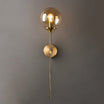


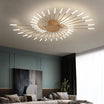

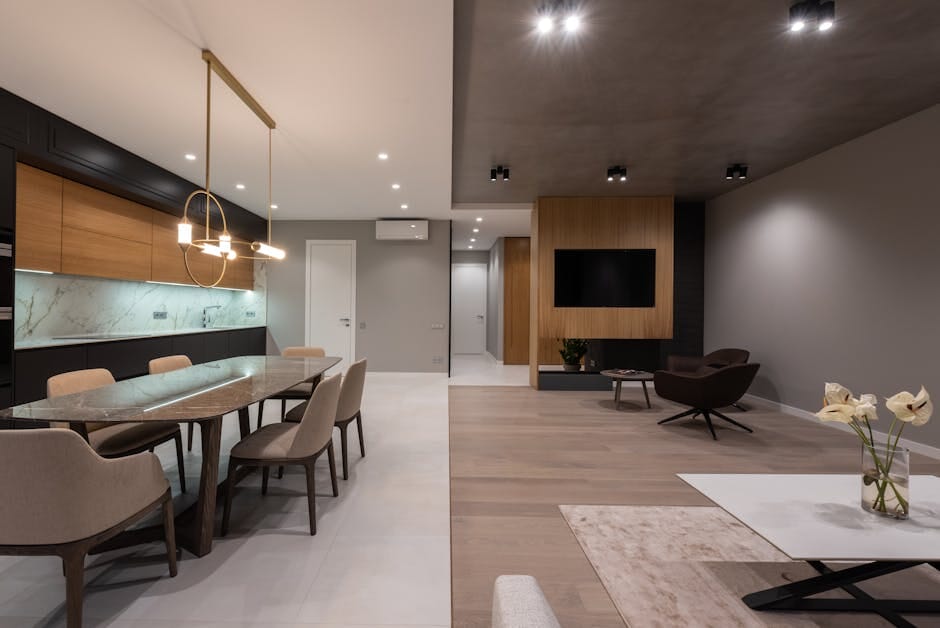
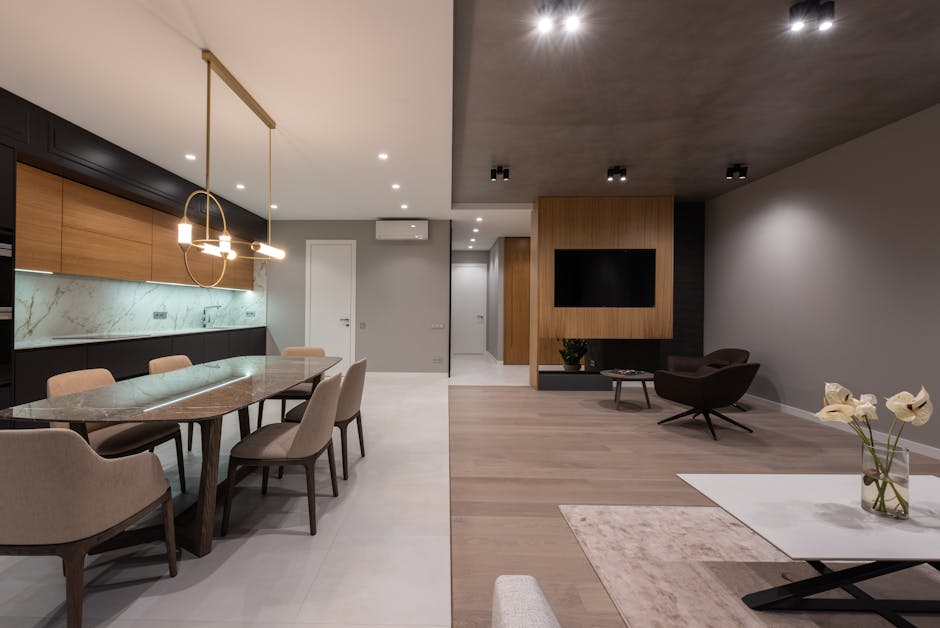
Leave a comment
This site is protected by hCaptcha and the hCaptcha Privacy Policy and Terms of Service apply.